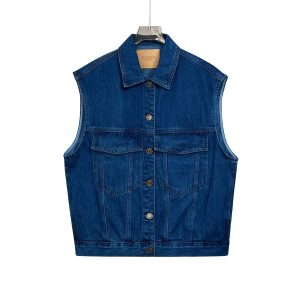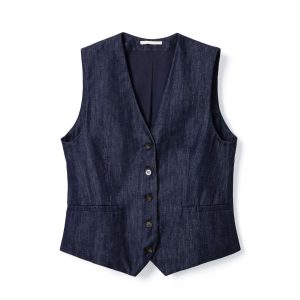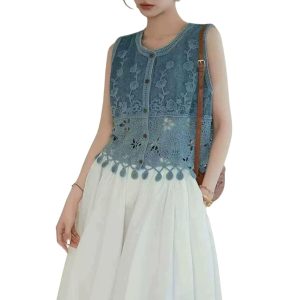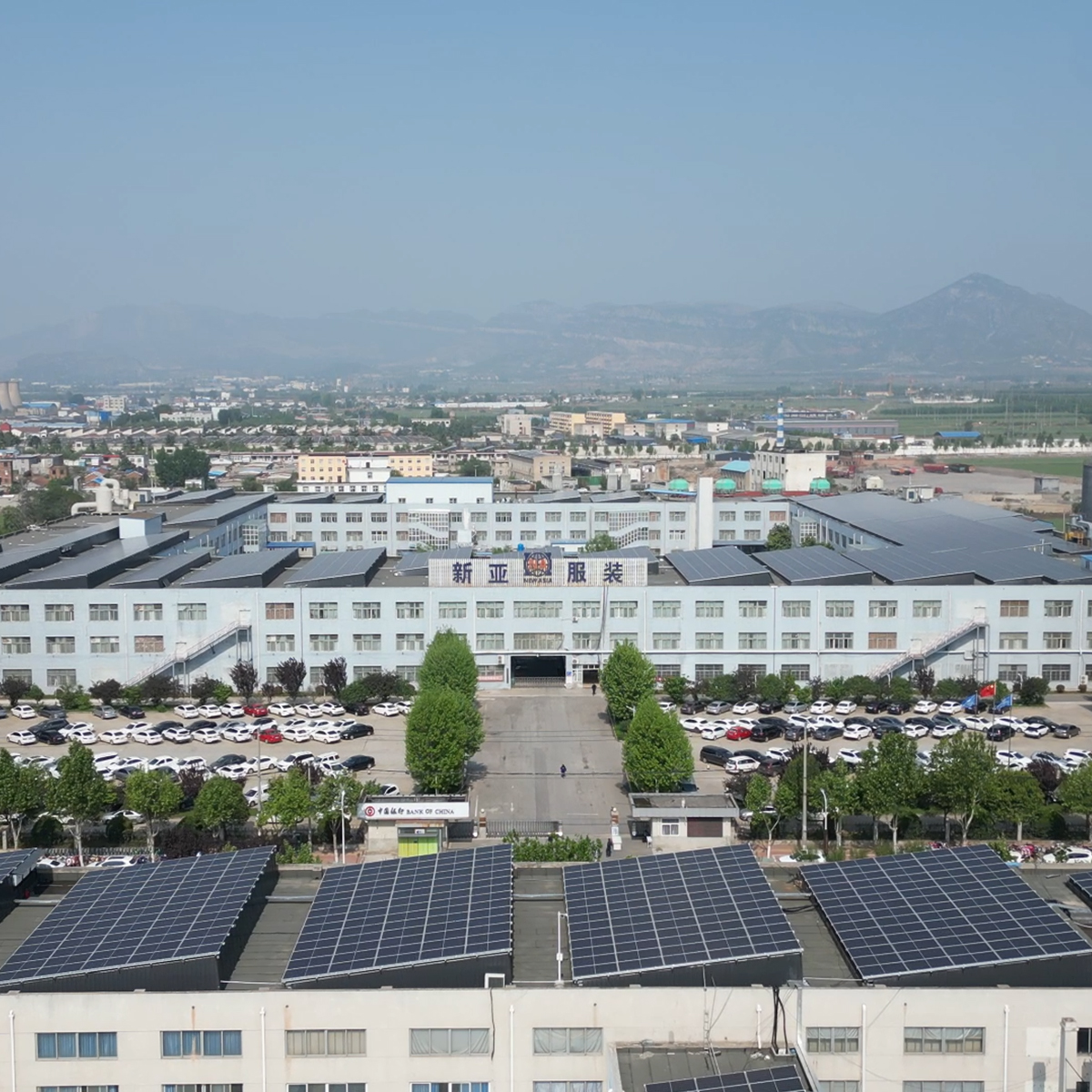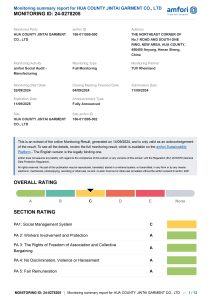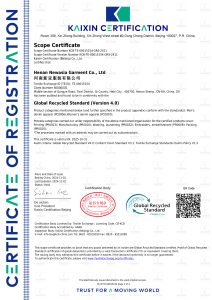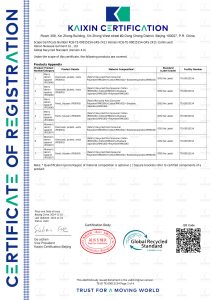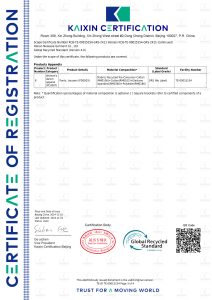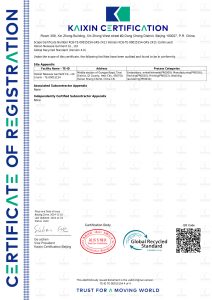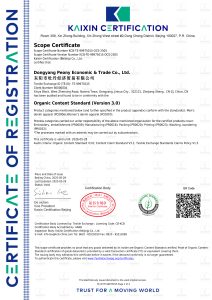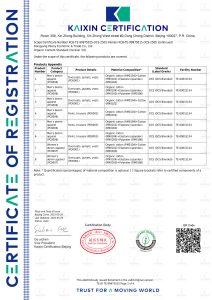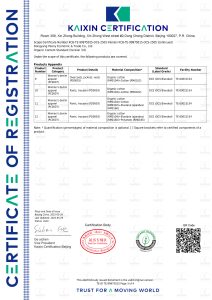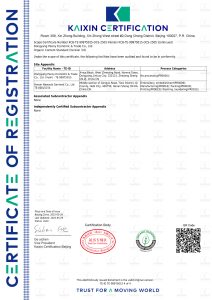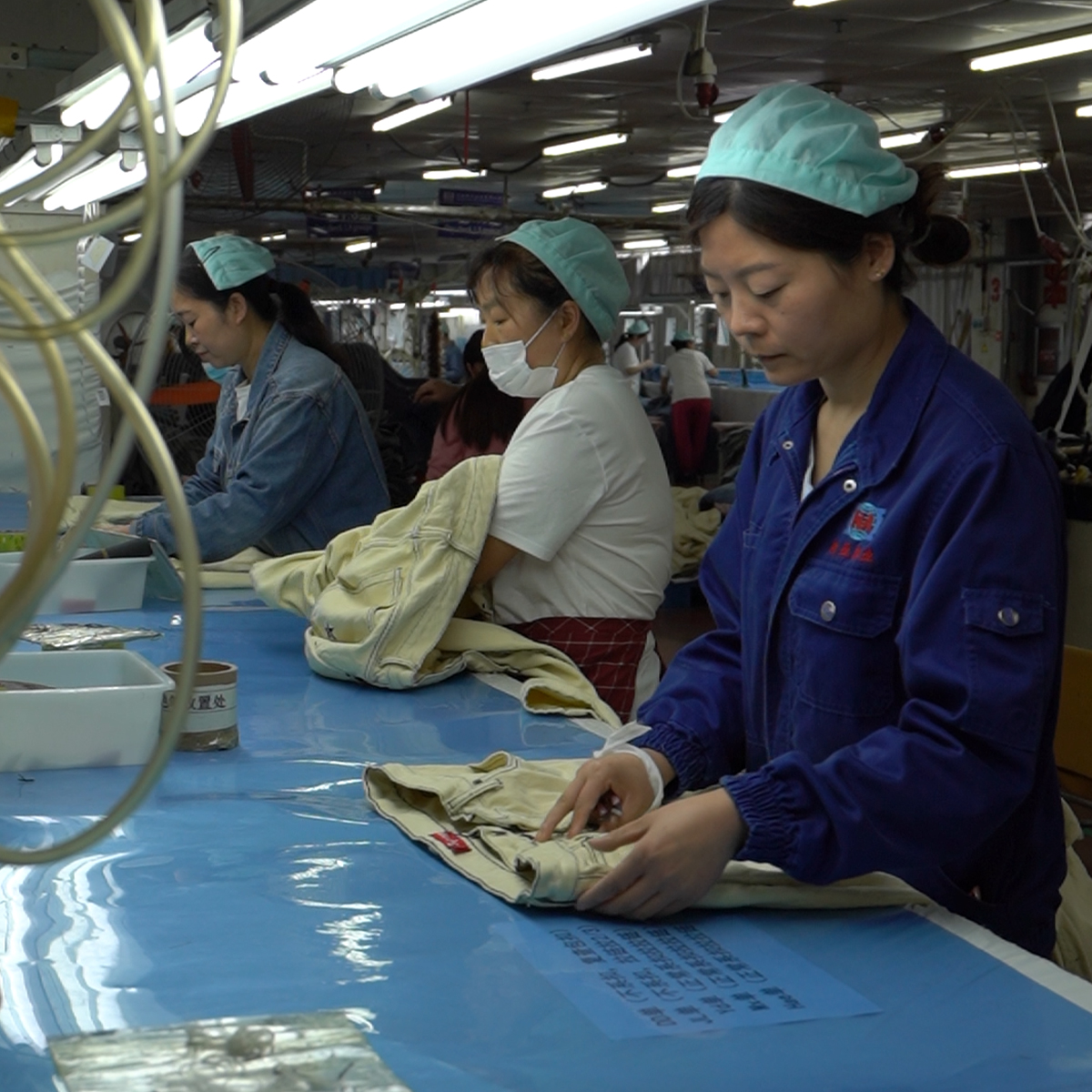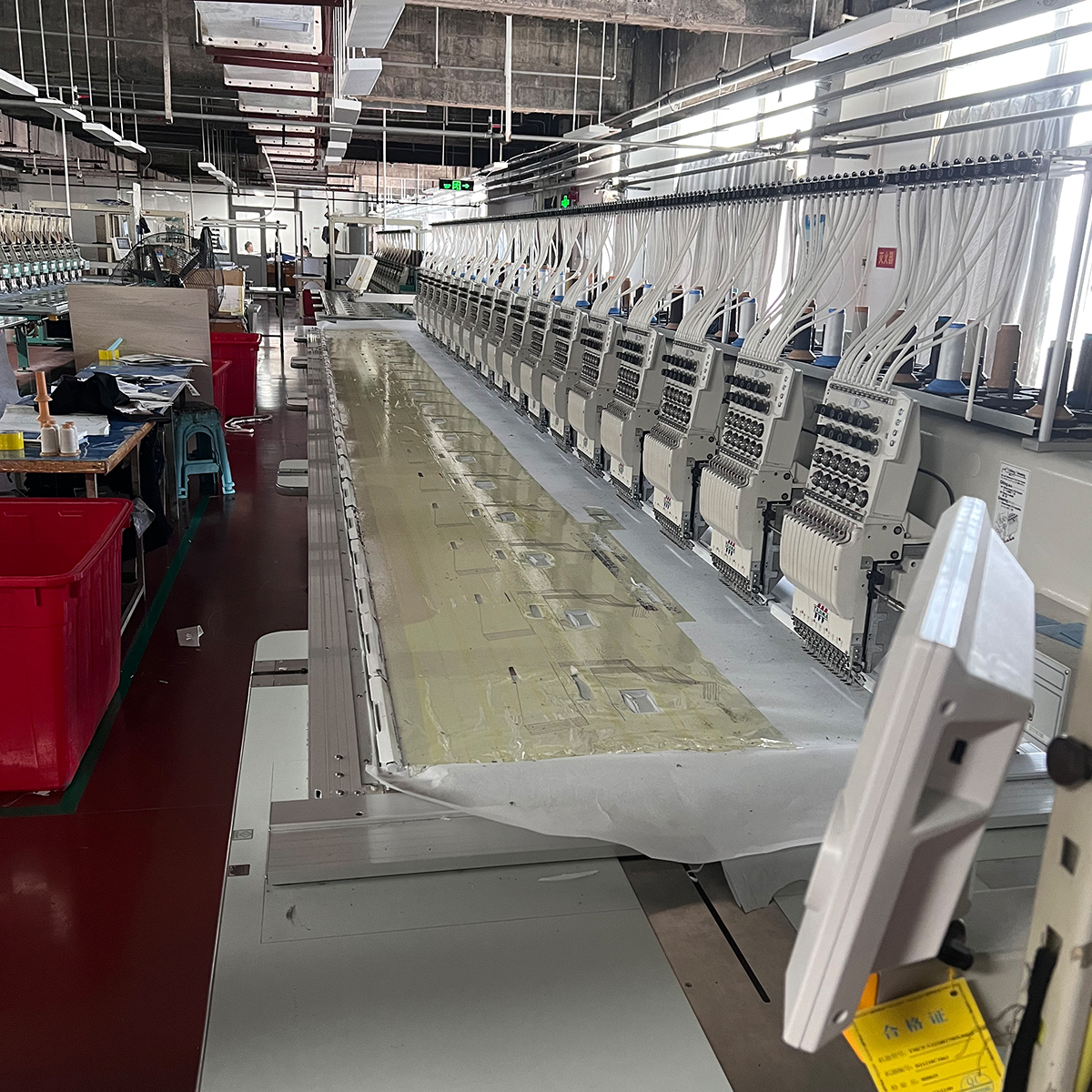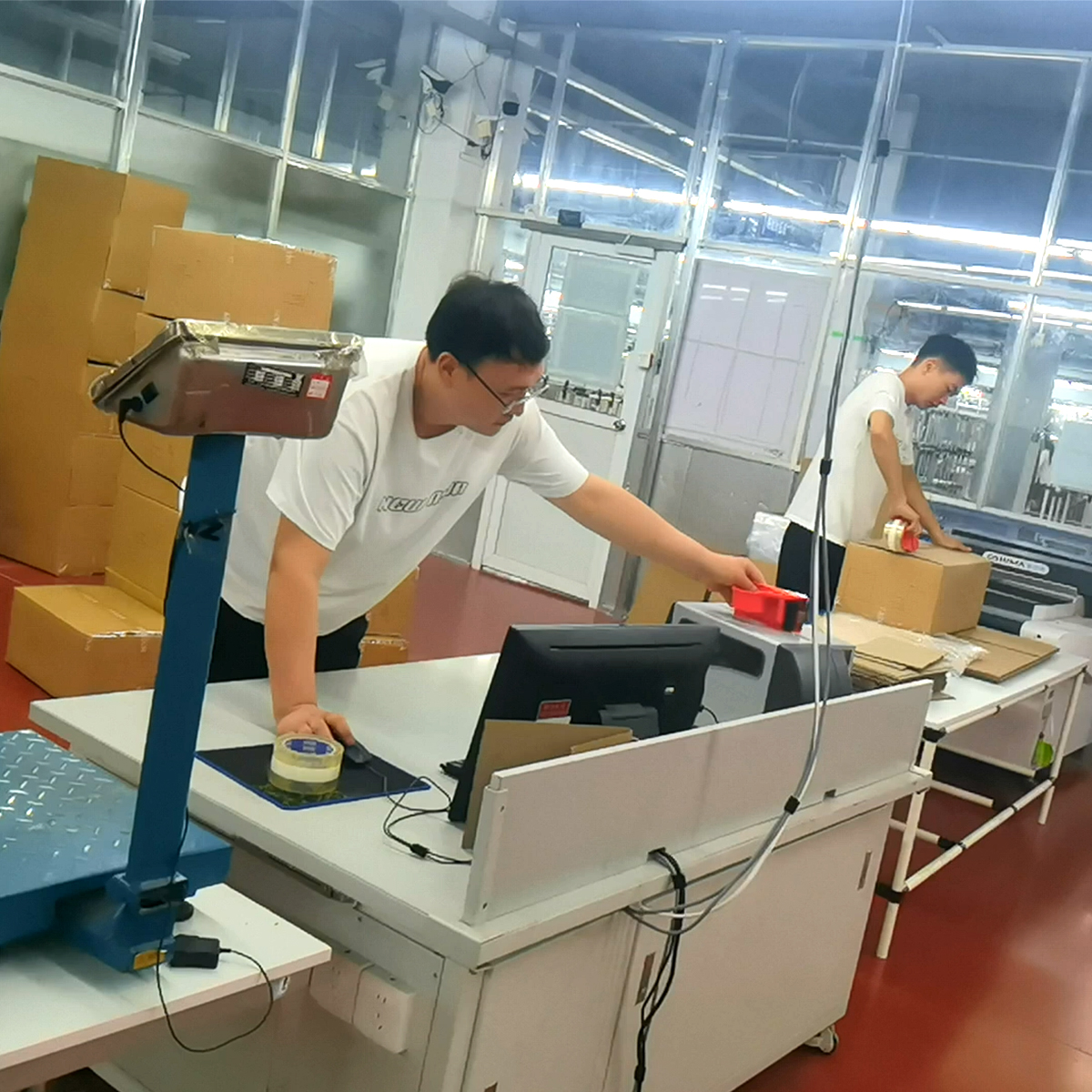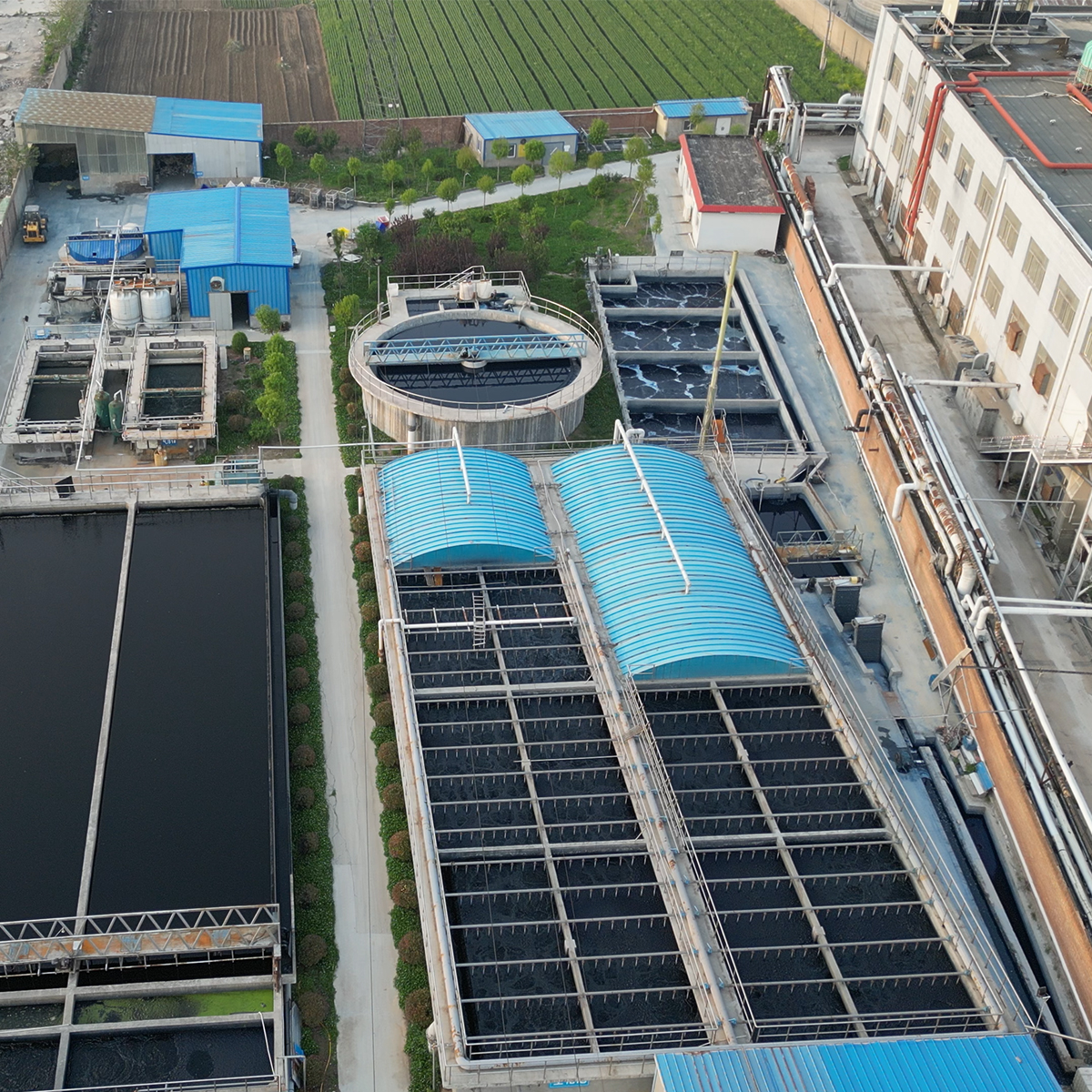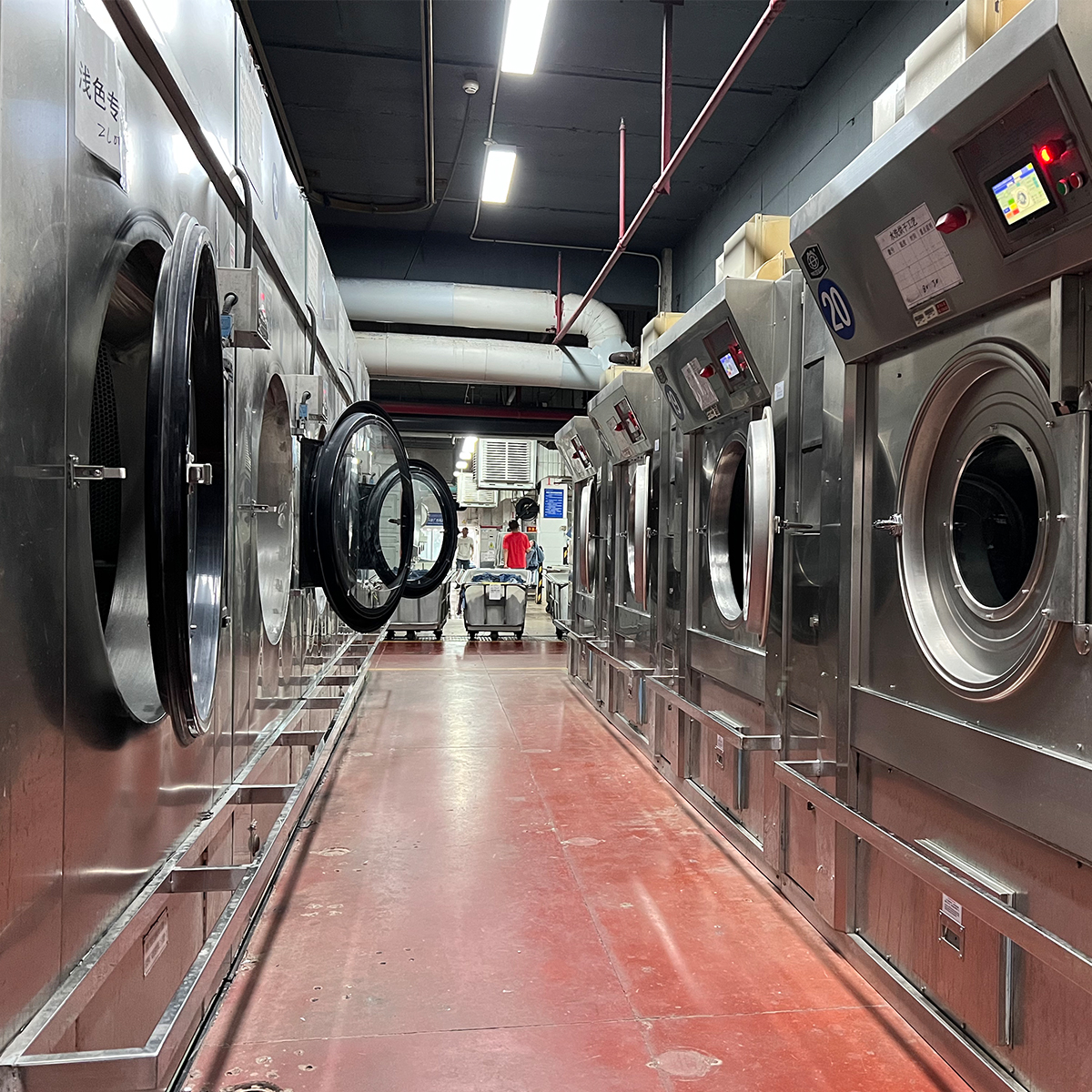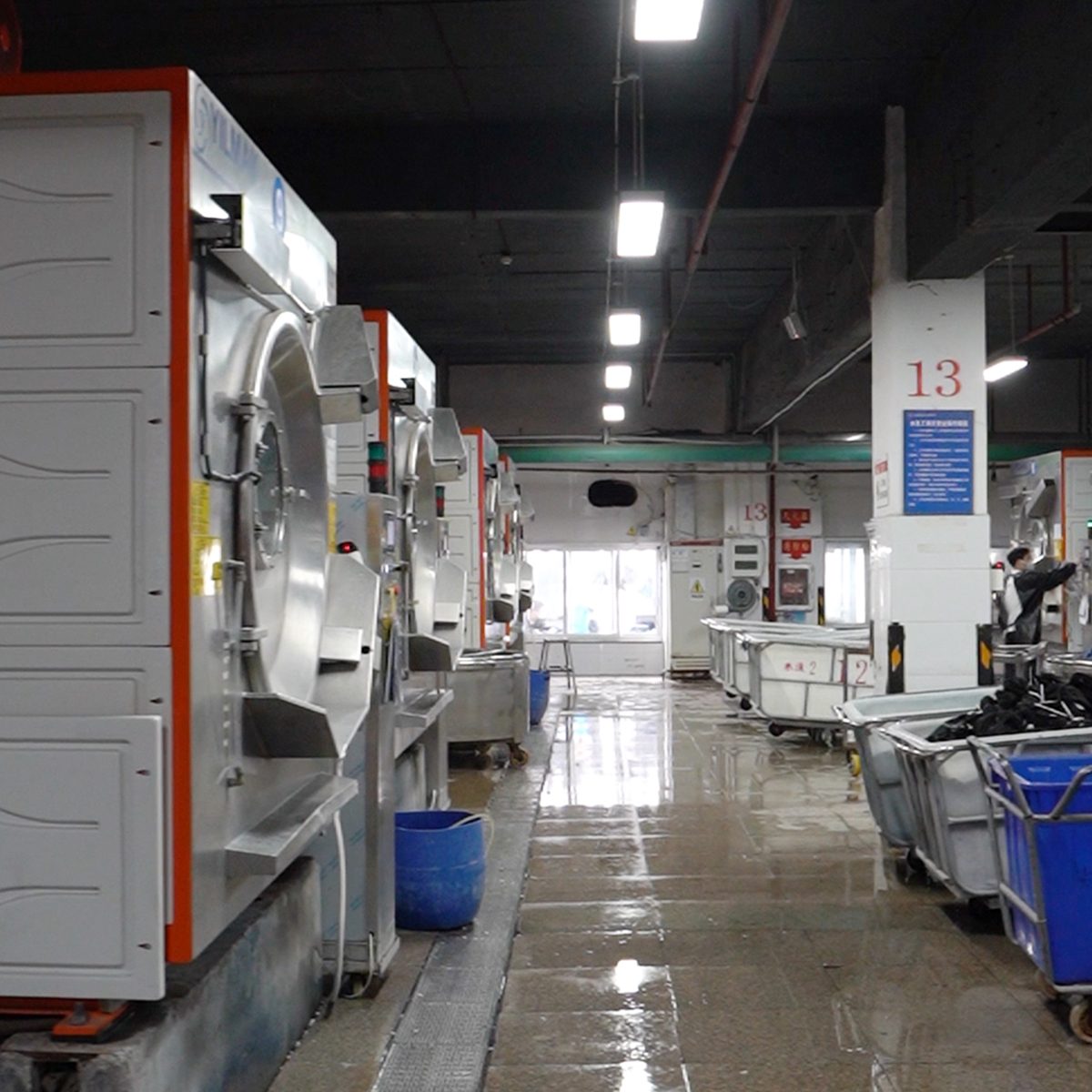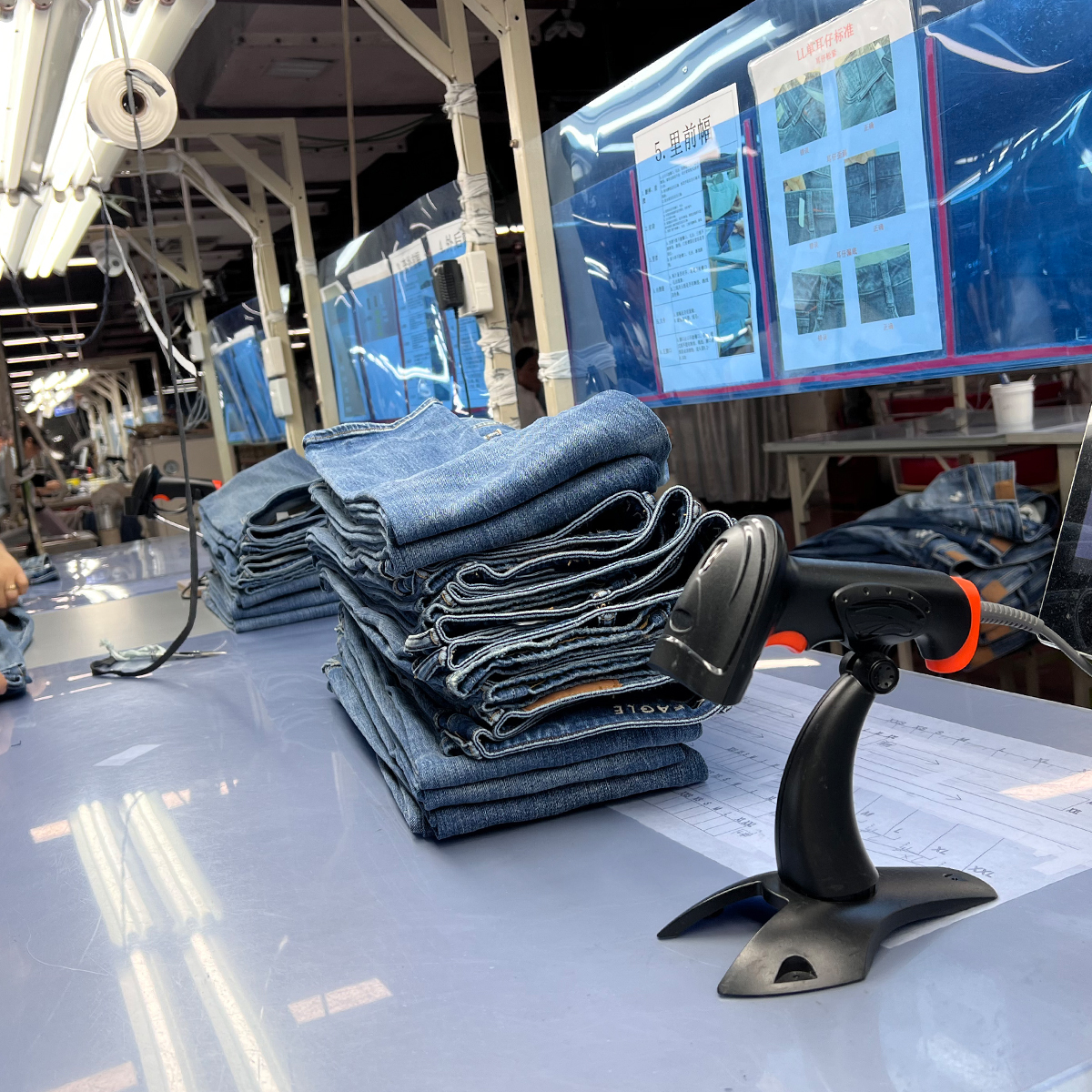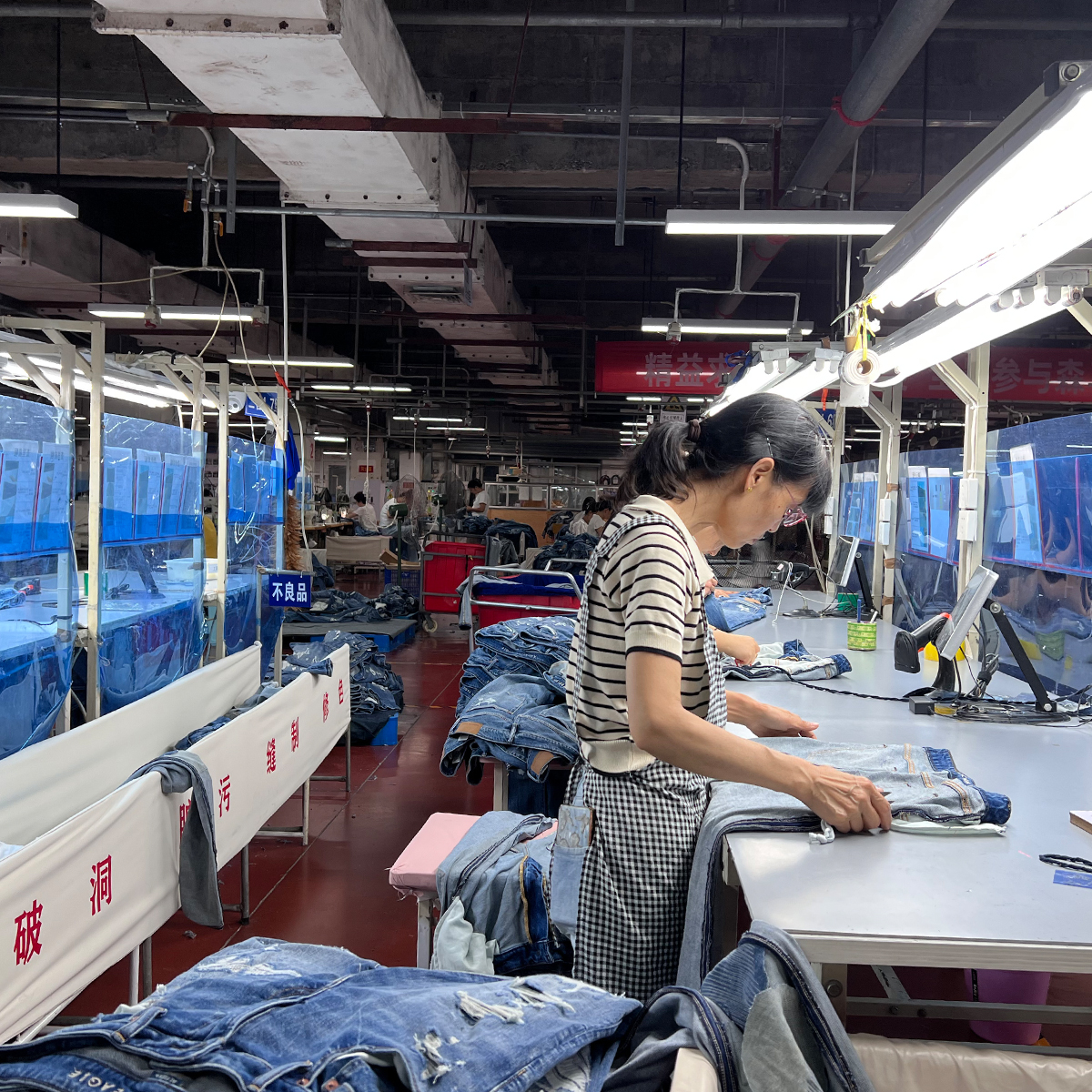Levi’s jeans have become a staple in the world of fashion, representing not just style but a culture rooted in heritage and innovation. As one of the most recognizable denim brands globally, Levis has made significant strides throughout its history, crafting products that resonate with diverse audiences. This article explores the evolution of Levi’s jeans, examining their manufacturing processes, shifts in design, and their commitment to sustainability.
A Brief History of Levi’s Jeans
Founded in 1853 by Levi Strauss, the brand’s origins trace back to a simple need for durable work trousers for miners during the California Gold Rush. Strauss partnered with tailor Jacob Davis, who created a unique design using copper rivets for added strength. The result was the first pair of blue jeans, a revolutionary product that would change the world of fashion forever.
The Manufacturing Process Behind Levi’s Jeans
Levi’s jeans are manufactured with precision and care, utilizing advanced technology alongside traditional techniques. The process begins with sourcing high-quality denim, often with a focus on sustainability. Levi’s has made significant efforts to reduce water usage and chemical impact during production.
The design phase involves creating patterns that ensure comfort and fit. Workers cut the fabric, and each piece undergoes a meticulous inspection process to guarantee quality. As the jeans move through the assembly line, workers sew, attach rivets, and add signature elements unique to Levi’s, such as the leather patch and iconic red tab.
One of the innovative manufacturing techniques that Levi’s has pioneered is the use of laser technology for distressing jeans. This method not only reduces water consumption but also minimizes waste and environmental impact, aligning with the brand’s sustainability goals.
Innovations Over the Years
Throughout its history, Levi’s has continuously adapted to changing fashion trends and consumer demands. In the 1960s, the brand embraced the counterculture movement, launching the 501 jeans, which became a symbol of rebellion and self-expression.
In the 1980s and 1990s, Levi’s expanded its product line to include various fits and styles, catering to evolving preferences. The introduction of the ‘Levi’s Vintage Clothing’ line revives classic styles, bridging the gap between nostalgia and modernity.
Levi’s has also tapped into the digital market, utilizing e-commerce to reach wider audiences. Their website features virtual fitting technology, allowing consumers to find the perfect fit without stepping into a store. This blend of tradition and innovation has solidified Levi’s position in the competitive denim landscape.
Sustainability: A New Era for Levi’s
In recent years, sustainability has become increasingly important in the fashion industry, and Levi’s is at the forefront of this movement. The company launched several initiatives aimed at reducing its environmental footprint, such as the ‘Water Levi’s has also committed to using sustainable materials, including organic cotton and recycled fabrics. This move not only helps reduce the brand’s impact on the environment but also appeals to conscious consumers seeking ethical fashion choices. Furthermore, the brand encourages recycling through its ‘SecondHand’ program, where customers can trade in their used jeans for store credit. This initiative promotes a circular economy, extending the life cycle of denim and reducing waste. Levi’s jeans are more than just clothing; they are cultural icons that have left a lasting imprint on society. From Hollywood films featuring rebellious characters donning 501s to music legends rocking denim on stage, Levi’s has transcended trends and become synonymous with youth rebellion and freedom. Levi’s has also collaborated with various artists, designers, and influencers, ensuring their relevance in contemporary fashion. These collaborations often result in limited edition collections, highlighting the brand’s ability to remain dynamic and appealing across demographics. The future of Levi’s jeans appears promising, with the brand poised to embrace further innovation and sustainability. As public awareness of environmental issues grows, Levi’s commitment to ethical manufacturing practices will likely attract a new generation of consumers dedicated to responsible fashion. Artificial intelligence and advanced analytics will likely shape the production process, allowing for personalized shopping experiences and improved supply chain efficiency. By adapting to new technologies without sacrificing their heritage, Levi’s can continue to be a leader in the denim industry. In summary, the journey of Levi’s jeans encapsulates a rich history of craftsmanship, cultural significance, and commitment to sustainability. As the brand evolves, it embraces new technologies and trends while staying true to its roots. Levi’s jeans remain not only a fashion statement but a symbol of resilience, authenticity, and progress in the ever-changing landscape of the apparel industry.The Cultural Impact of Levi’s Jeans
Future of Levi’s Jeans
Final Thoughts



